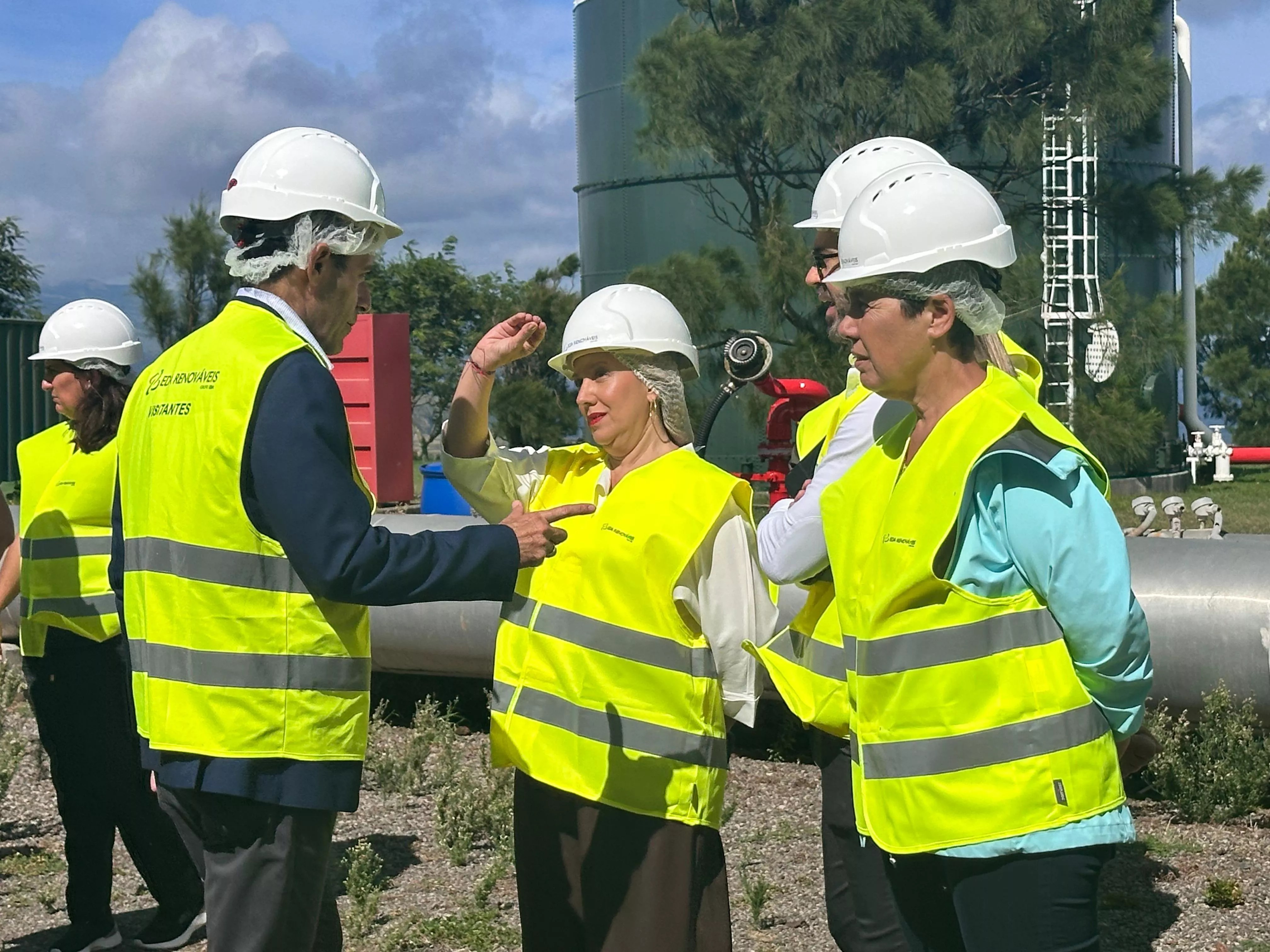
SANTA CRUZ DE TENERIFE, September 16 (EUROPA PRESS) –
The formation of a new central Atlantic depression called Fifteen by the United States National Hurricane Center has diverted the course of the small educational sailing boat ‘El Hierro-Mar Salitre y Lava’, of the IES Garoé and the Canary Islands Ocean Platform ( PLOCAN).
The miniboat ‘El Hierro-Mar Salitre y Lava’ was sailing towards the East coast of South America after overcoming the Atlantic Ridge in the waters of the Intertropical Convergence Zone (ITCZ), in which tropical cyclones form, and has changed significantly the course towards the East under the effect of Fifteen, a new depression that, according to the forecast, is expected to evolve into a hurricane category https://www.nhc.noaa.gov/ this same weekend.
A few days after completing four months of crossing, the ‘El Hierro-Mar Salitre y Lava’ is in the full zone of influence of Fifteen, whose winds and waves will test the navigation capabilities of the miniboat, with the possibility of being frustrated the expectations that it could reach the American continent and disappear due to the violence of the sea.
‘El Hierro-Mar Salitre y Lava’ was launched into the sea by students from the IES Garoé de Valverde on May 19 in waters south of La Restinga, with the aim of crossing the Atlantic Ocean within the framework of the iFADO project of the program Interreg Atlantic and the international educational program Educational Passages.
The small sailboat is equipped with GPS and a temperature sensor powered by a small solar panel installed on the surface of the boat. The evolution of ‘El Hierro-Mar Salitre y Lava’ in the waters of the Fiteen depression can be observed in real time through the Educational Passages website, https://educationalpassages.org/boats/ifado4/ so that students can learn about the characteristics of the marine routes they navigate, learning interactively about the dynamics of ocean currents and winds.
The main objective of the program is to introduce students to the world of sailing and engage them in collaborative learning through international cultural experiences, and increase understanding of the value of the hydrosphere as a shared resource through knowledge about the ocean environment . The program allows you to bring the ocean into the classroom, whether on the coast or inland.
















